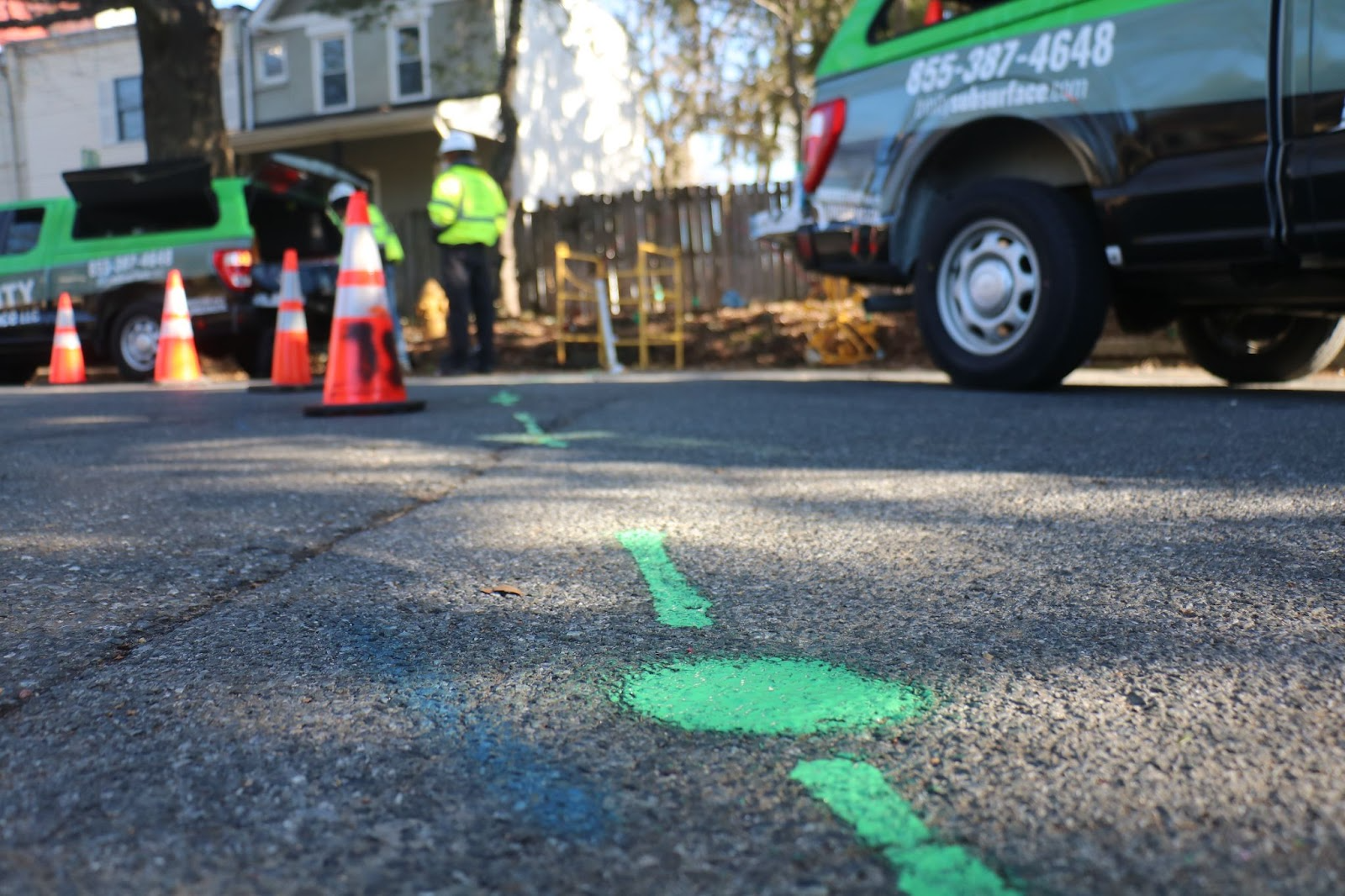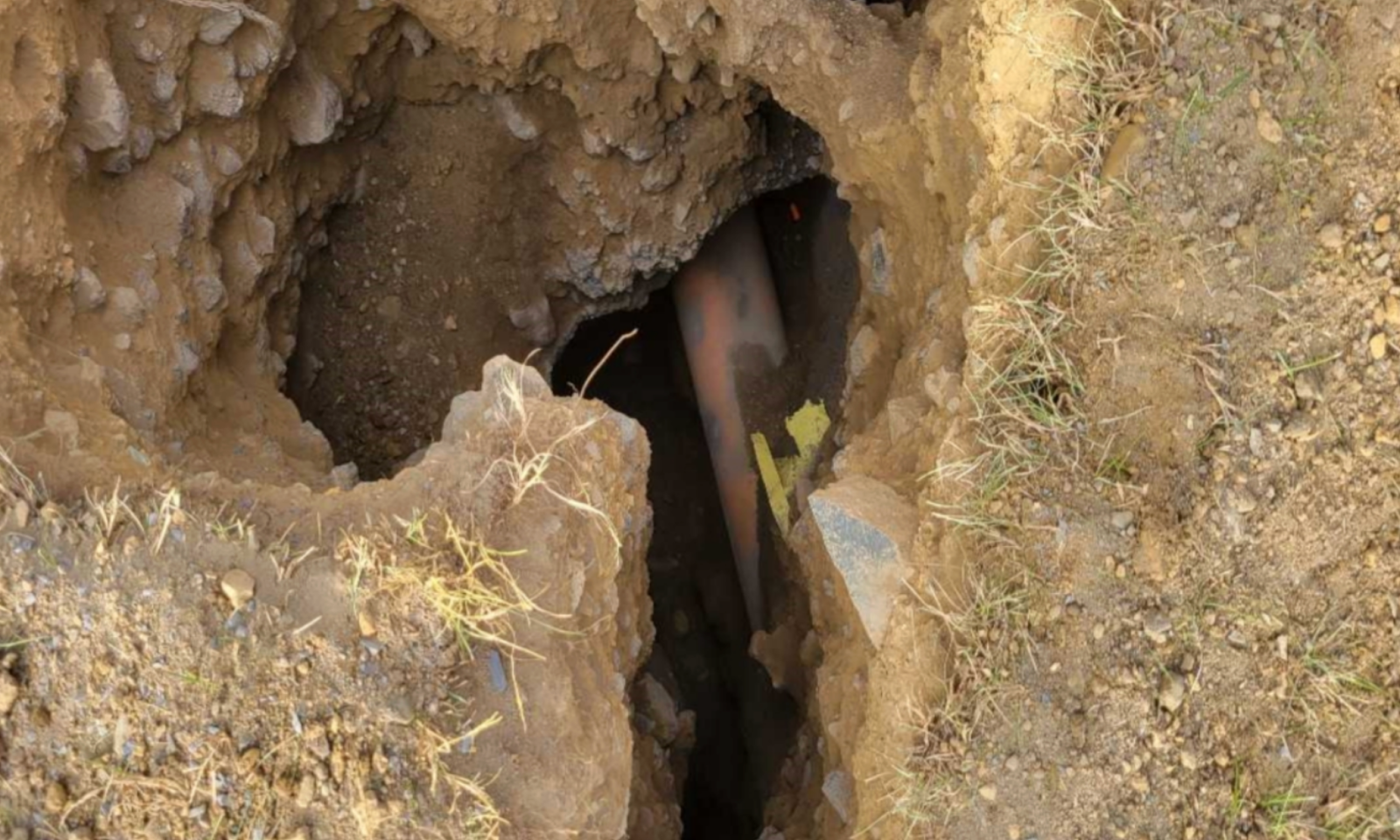What's The Problem?
How can Trinity Subsurface, LLC help?
Explore our service offerings.
Get to Know Us
Trinity Subsurface, LLC Resources
Servicing the North East, South Central regions.
Why Do Utility Strikes Occur?
Utility strikes occur every day. Damages, delays, injuries and even deaths can occur from striking utility lines unseen from the surface. The 2024 DIRT report reported over 189,000 unique damages to utility lines in the United States through the entirety of 2024 – that’s roughly more than 500 strikes a day. With all of the information in the construction planning world, why do utility strikes still occur? What can be done to help lower the number of utility damages?The most common reason for utility strikes, year after year, is a lack of calling the right people to confirm existing utilities. This accounts for almost a quarter of all utility strikes every year. Some people may be unaware that there’s even rules behind calling 811, let alone a private locating company, to perform a full utility investigation. Some may assume public locators will cover all lines on a site, where they’ll usually only mark publicly owned services. Many people go into a dig with very little to no information at all on what’s underneath the surface. The more information you have about a site, the better prepared you’ll be to start work.

Another issue is that utility maps can be full of errors and lacking information. As we mentioned in a previous blog post, as-built drawings may not tell the full story of the existing utilities at a site, only showing how they were intended to be installed rather than how they were actually placed in the ground. These maps aren’t often updated with new renovations and adjustments and sometimes they aren’t up to the data collection standards of modern construction projects.There’s another issue: locator and operator errors. Every now and again, we run into existing marks that are way off from their intended target. We’ve seen marks that are 8 feet off from the actual line, which isn’t helpful at all when you consider a clearance of a foot and a half is recommended when digging on each side of a marked utility. It’s also good practice to verify additional information about your utilities with vacuum excavated test holes. This ensures an exact depth of utility lines while uncovering material conditions of existing lines. About 5% of the strikes mentioned earlier occurred because vacuum excavation wasn’t performed to confirm vertical clearance.

When it comes to operator errors, lines may be marked properly, but clearance is ignored. We’ve gotten calls where people have hit lines after we’ve marked out, only to find out the person performing the work removed the flags marking out the area. I mean, there’s nothing to avoid if there’s nothing to show there’s any danger at all, right? Poorly maintained utility markouts lead to utility strikes, which is why we also have written reports and deliverables for our clients to review and use as communication tools in the event that markings go missing. There’s all kinds of situations where site work isn’t communicated properly or taken seriously however, resulting in potentially dangerous situations that compromise safety. Knowing all of the reasons for strikes can help you avoid damaging utilities on your site.
Our team at Trinity Subsurface is a full service utility locator. We can help you investigate utilities with various technologies and methods, including non-destructive EM and GPR scanning techniques and vacuum excavation. Visit the rest of our website to find out more information about how we can help you avoid utility strikes.